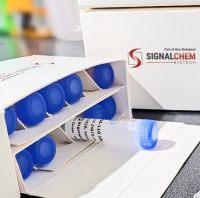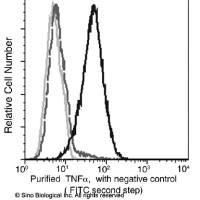Lung-Specific Expression of Mutant p53 as Mouse Model for Lung Cancer
互联网
646
The p53 tumor suppressor gene is the most commonly mutated gene in cancer (1 ,2) and is mutated in 50% non-small cell lung cancer (NSCLC) and 70% of small cell lung cancer (SCLC) (3) . Mutations in p53 commonly reflect exposures to environmental carcinogens, e.g., cigarette smoke and lung cancer or aflatoxin and liver cancer. In support for tobacco smoking as a major risk factor for lung cancer, as the content of tar and nicotine per cigarette has dropped by more than two-thirds, there has been a concomitant change in the histologic type of lung cancer (4) . While SCLC has persisted at about 20%, adenocarcinoma has increased to 45% with declines in squamous cell and large cell carcinoma. Thun and colleagues (5) have suggested that these changes are due to the design of the cigarette; e.g., filter-tip cigarettes are inhaled more deeply than earlier, unfiltered cigarettes (more toxic), and deeper inhalation transports tobacco-specific carcinogens more distally toward the bronchoalveolar junction where adenocarcinomas often arise. In human lung cancer, both the frequency and type of mutations in the p53 gene can act as fingerprints providing information about external etiological agents, carcinogen exposure, and host factors affecting the carcinogenesis process (6) .









